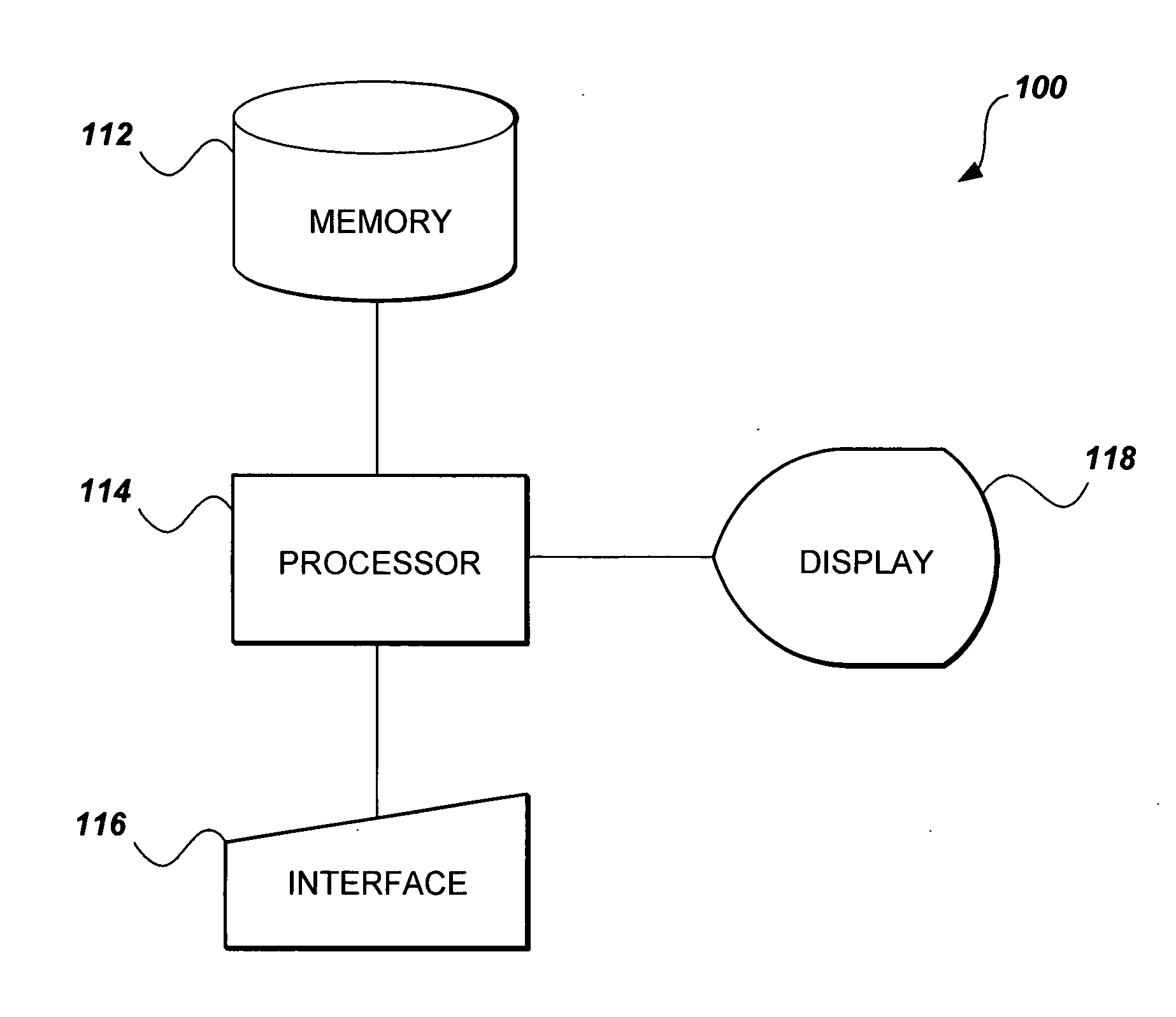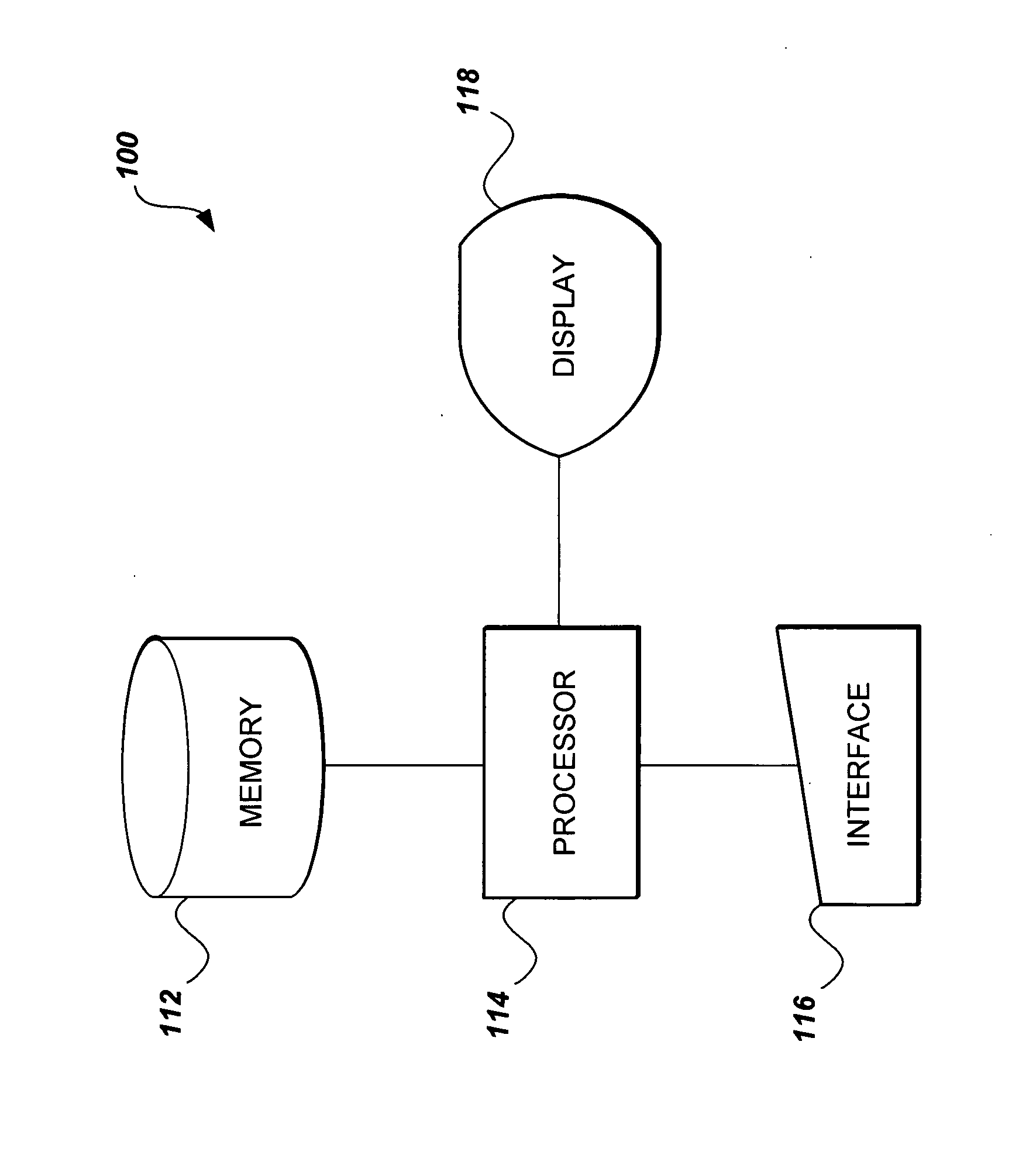Elliptic polynomial cryptography with secret key embedding
a cryptography and polynomial technology, applied in the field of computerized cryptographic systems and methods, can solve the problems of computationally “difficult” or “hard” problems such as the elliptic polynomial discrete logarithm problem, and achieve the effect of dividing the field
- Summary
- Abstract
- Description
- Claims
- Application Information
AI Technical Summary
Benefits of technology
Problems solved by technology
Method used
Image
Examples
case b
[0090]iii applies for all other conditions except those in cases B.i and B.ii. This case occurs only when ny is greater than or equal to one. Given two points (x0,o, x1,o, . . . , xnx,o, y0,1, y1,1, . . . , yny,1) ∈ ECnx+ny+2 and (x0,o, x1,o, . . . , xnx,oy0,2, y1,2, . . . , yny,2) ∈ ECnx+ny+2 that do not satisfy the conditions of cases B.i and B.ii above, the sum point is written as
(x0,3, x1,3, . . . , xnx,3, y0,3, y1,3, . . . , yny,3)=(x0,o, x1,o, . . . , xnx,o, y0,1, yy1,1 , . . . , yny,1)+(x0,o, x1,o, . . . , xnx,o, y0,2, y1,2, . . . , yny,2)
[0091]There are several possible rules to find the sum point in this case. Three possible methods are given below:
[0092]1) Using three point doublings and one point addition,
(x0,3, x1,3, . . . , xnx,3, y0,3, y1,3, . . . , yny,3)=4(x0,o, x1,o, . . . , xnx,o, y0,1, y1,1, . . . , yny,1); −2(x0,o, x1,o, . . . , xnx,o, y0,2, y1,2, . . . , yny,2)
[0093]2) using one point doublings and three point additions,
(x0,3, x1,3, . . . , xnx,3, y0,3, y1,3, . ...
first embodiment
[0134]In the present method, the underlying elliptic polynomial cryptography is based on the principle of blinding the base point by making the base point dependant on the shared secret key. In a first embodiment, the shared secret key is represented using nN-bits, where n is greater than or equal to (nx+ny+2). The nN bits of the shared secret key could be given as one block, or may alternatively be generated using a smaller bit-string and a random number generator.
[0135]When n=2(nx+ny+2), various techniques may be used to generate the encrypting point (x0,bk, x1,bk, . . . , xnx,bk, y0,bk, y1,bk, . . . , yny,bk). In the preferred embodiment, which utilizes one blinded base point, (nx+ny+1)N-bits of the shared secret key bit-string k1 are embedded into the x-coordinates and the y-coordinates of an elliptic polynomial point to obtain a blinded base point (x0,k1, x1,k1, . . . , xnx,k1, y0,k1, y1,k1, . . . , yny,k1). The other (nx+ny+2)N-bits of the key are used as a scalar value k2, wh...
PUM
 Login to View More
Login to View More Abstract
Description
Claims
Application Information
 Login to View More
Login to View More - R&D
- Intellectual Property
- Life Sciences
- Materials
- Tech Scout
- Unparalleled Data Quality
- Higher Quality Content
- 60% Fewer Hallucinations
Browse by: Latest US Patents, China's latest patents, Technical Efficacy Thesaurus, Application Domain, Technology Topic, Popular Technical Reports.
© 2025 PatSnap. All rights reserved.Legal|Privacy policy|Modern Slavery Act Transparency Statement|Sitemap|About US| Contact US: help@patsnap.com



